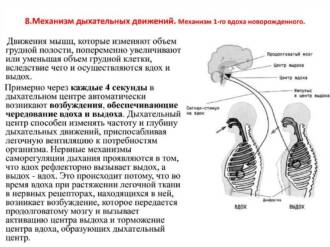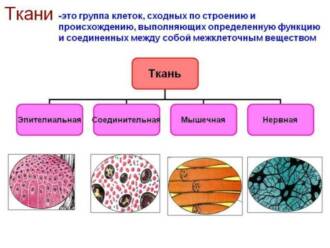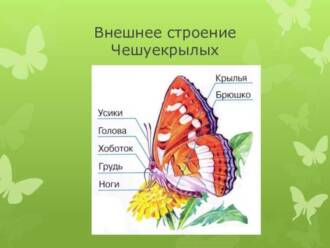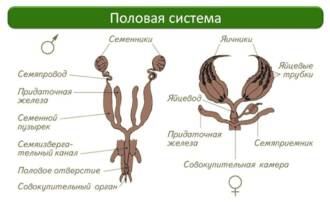
Respiration is one of the main processes in the life of all organisms, including insects. In butterflies, like other insects, the respiratory system plays an important role in their survival and body function. A distinctive feature of the respiratory system of butterflies is its structure and mechanism of work.
The main respiratory organ in butterflies is the trachea. They are a complex network of thin tubes penetrating all the organs and tissues of the insect. Tracheae allow butterflies to receive oxygen and release carbon dioxide - the main metabolic products.
The process of breathing in butterflies is as follows: air enters the trachea through holes located on the sides of the body of the insect. Then the air passes through the trachea and reaches the cells of the body, where the exchange of gases takes place. Oxygen enters the cells, and carbon dioxide is excreted from the butterfly's body.
The respiratory system of butterflies is an effective mechanism that allows them to adapt to various environmental conditions and ensure the normal functioning of the body.
For butterflies, breathing is of great importance, as they are active flying insects. Flight requires a lot of energy, which can only be obtained through a constant supply of oxygen to the body. In addition, breathing helps butterflies regulate their body temperature, which is especially important in the cool season.
Thus, the respiratory system of butterflies ensures their survival and adaptation to the environment. This mechanism allows insects to obtain the necessary amount of oxygen for flight and maintenance of life processes. Studying the breathing characteristics of butterflies allows us to better understand their biology and contribute to the conservation of their species diversity.
The structure of the respiratory system

The respiratory system of a butterfly has a complex structure that allows them to efficiently obtain the necessary oxygen for life. It consists of a number of specialized organs and tissues that ensure the supply and distribution of air in the insect's body.
The main organs of the butterfly's respiratory system are the tracheae - thin tubes that penetrate all body tissues and deliver oxygen to the cells. The tracheae begin with openings on the sides of the butterfly's body and branch out, forming a complex network. The tracheae reach even the most remote parts of the body, providing all cells with oxygen.
In addition to the trachea, the butterfly's respiratory system also contains stigmas - openings on the sides of the abdomen through which air enters the body. The stigmas are covered with numerous microscopic hairs that protect them from dust and dirt.
An important feature of the respiratory system of butterflies is their ability to regulate breathing. Butterflies can control the opening and closing of the stigmas, thereby regulating the flow of air and the amount of oxygen needed to meet the energy needs of the body.
Thus, the structure of the respiratory system of butterflies is adapted to the characteristics of their life activity and allows them to breathe efficiently, providing the necessary oxygen to sustain life.
Breathing through the trachea

Butterflies breathe with the help of special organs called tracheae. Tracheas are tubular formations that penetrate all tissues and organs of insects. They deliver oxygen to every cell of the butterfly's body.
The tracheae consist of many tiny tubes that are located throughout the body of the butterfly, including the wings and the most distant corners. These tubes are equipped with special holes called stigmas, which are located on the side surface of the butterfly's body.
When a butterfly breathes, air enters the trachea through the stigmas and passes along their entire length. Then oxygen from the air passes into the hemolymph, which is an analogue of blood in insects. In the process of respiration, carbon dioxide, formed as a result of metabolism, leaves the body through the trachea and stigmas.
Thus, tracheas play an important role in the respiration of butterflies. They provide oxygen to cells and remove carbon dioxide. Thanks to this process, butterflies can maintain their livelihoods and actively move in the environment.
The role of the spiral valvular muscles
The respiratory system of a butterfly is a complex and organized network of tubes and holes that allow the insect to receive the necessary oxygen for life. One of the important components of this system is the spiral valvular muscles.
The spiral valvular musculature is a special structure located inside the butterfly's tracheal tubes. It consists of spirally formed muscles that control the process of opening and closing the trachea. This muscle plays an important role in the regulation of insect respiration.
When the butterfly inhales air, the coiled valvular musculature compresses the trachea, which causes the diameter to increase and create space for air to pass through. When you exhale, the muscles relax and the windpipes contract, pushing the used air out. Thus, the spiral valvular musculature controls the flow of air and ensures efficient breathing of the butterfly.
The regulation of respiration is extremely important for butterflies, as they not only receive oxygen, but also remove carbon dioxide from their body. Without an efficient respiratory system, the butterfly would not be able to survive and perform its vital functions.
Features of breathing during flight
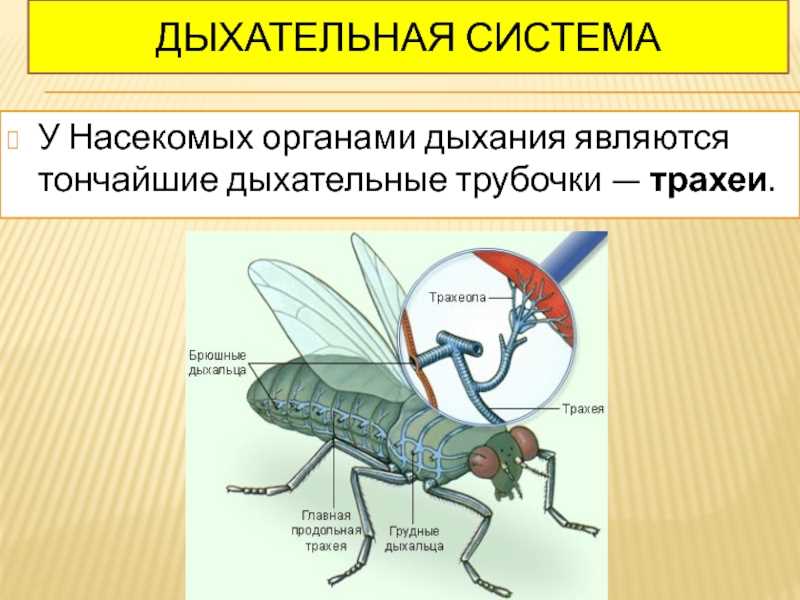
The respiratory system of a butterfly has its own characteristics that allow them to breathe even during flight. During the flight, butterflies actively use their wings to move and maneuver in the air.
In order for a butterfly to breathe while flying, its respiratory system must be very efficient. Butterflies have special openings called aspirations through which they receive oxygen. Aspirations are located on the sides of the butterfly's body and are connected to air ducts that penetrate into all organs and tissues.
During the flight, the butterfly actively moves and uses its wings to create lift and maneuver. At the same time, she constantly opens and contracts her body, which can make breathing difficult. However, thanks to an efficient respiratory system, butterflies are able to maintain a constant flow of oxygen and continue to breathe even during active flight.
Thus, the breathing features of butterflies allow them to maintain a constant flow of oxygen even during flight. This allows them to be active and maneuverable in the air, which is an important aspect of their life and survival.
Effect of wing size and shape on breathing

The respiratory system of a butterfly plays an important role in its life. The air necessary for the exchange of gases enters the insect's body through the smallest openings called stigmas. However, the breathing process of butterflies can be difficult due to the size and shape of their wings.
Butterfly wing size affects the surface area through which gas exchange occurs. Larger wings give insects more room to absorb oxygen and expel carbon dioxide. This is especially important for active species of butterflies that fly a lot and move quickly.
The shape of the wings also affects the breathing of the butterfly. In some species, the wings have ribs or keels that increase their strength and rigidity. This design allows the butterfly to fly with greater speed and agility, but may restrict air from reaching the stigmas. This may lead to a decrease in the efficiency of respiration in such species.
Breathing and temperature

Respiration plays an important role in the life of butterflies, allowing them to receive oxygen to support their life processes. However, how a butterfly breathes is different from how other animals breathe. Butterflies do not have lungs like we, humans, or other vertebrates do. Instead, they breathe through breathing holes that are found on their body.
The temperature regime also plays an important role in the life of butterflies. They are cold-blooded creatures, which means that their body temperature depends on the environment. Butterflies cannot regulate their temperature inside their body, so they must find ways to maintain the optimal temperature for their life.
One of the ways to maintain the optimum temperature is solar irradiation. Butterflies often spread their wings to warm them in the sun. Thus, they receive enough heat for activity and movement. When the butterfly has not warmed up enough, it may appear motionless or slow.
Butterflies can also use other heat sources such as warm surfaces or warm air. They may sit on a flower or on a rock to keep warm. This is especially important for butterflies living in cold climates, where solar exposure may be insufficient.
Importance of breathing for gas exchange
Breathing is an important process for the exchange of gases in the bodies of living creatures, including butterflies. The butterfly's respiratory system is represented by tracheas - tubes that penetrate all organs and tissues and deliver oxygen.
Trachea are thin tubes that start from holes on the lateral surface of the butterfly's body and penetrate into the body. They are located near tissues and are the main way to deliver oxygen to cells.
However, butterflies cannot breathe through lungs like we do. Instead, they use the system tracheal breathing. The breathing process of butterflies is based on the active movement of the body, which contributes to the movement of air through the trachea.
Thus, respiration plays an important role in the exchange of gases in butterflies, providing them with the necessary amount of oxygen to maintain life and perform various functions in the body.
Adaptations of the respiratory system to the environment
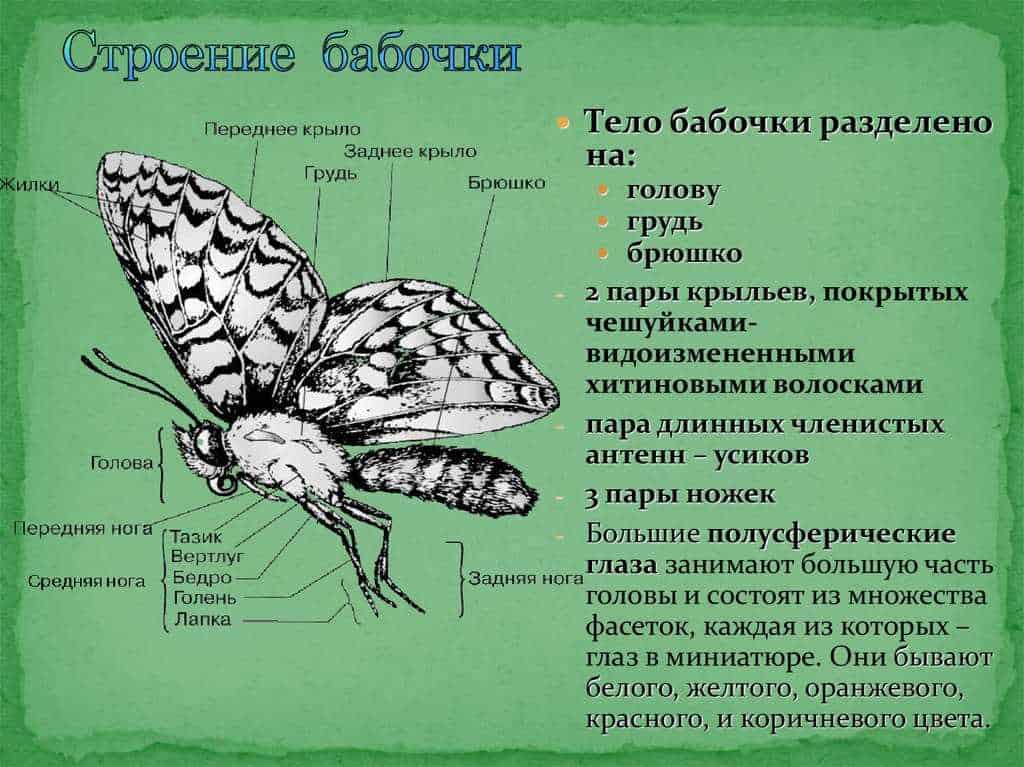
Respiration is an integral part of the life of all organisms, including insects. Each type of insect has its own characteristics of the respiratory system, due to its way of life and habitat.
Butterflies, like other insects, breathe through special organs called tracheae. Tracheas are tubes that run through the body of an insect and deliver oxygen to its cells. However, in butterflies, the trachea have their own characteristics, allowing them to adapt to different environmental conditions.
Firstly, in butterflies, the trachea are located along the entire body and penetrate even into the most remote corners of the body. This allows them to get enough oxygen, despite their small regularity.
Secondly, butterfly tracheas have special valves that help them regulate the inflow and outflow of air. This is especially important for butterflies, which can spend long periods of time at rest or in oxygen-deficient conditions.
In addition, some species of butterflies have additional adaptations of the respiratory system. For example, nocturnal butterflies such as owls have vent valves that help them attract air to themselves through special vibrating wing movements.
Thus, the respiratory system of butterflies is complex and well adapted to the environment. It allows them to get enough oxygen, despite the peculiarities of their way of life and habitat.
Effects of Air Pollution on Insect Respiration
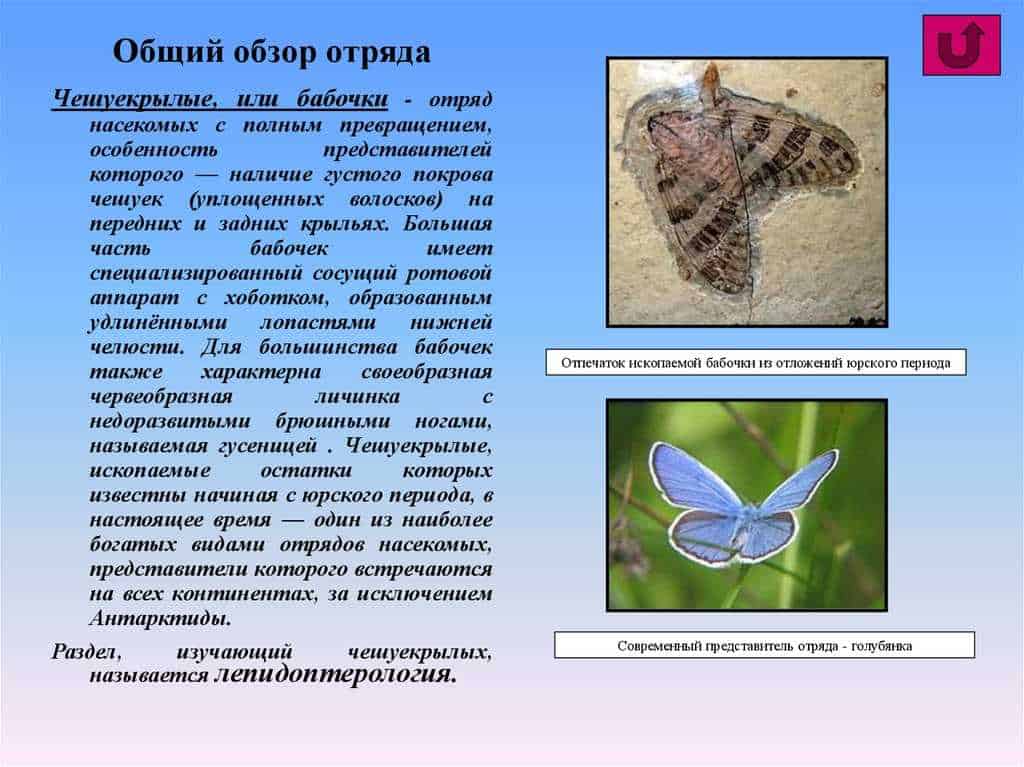
The respiratory system of a butterfly, like that of other insects, is very sensitive to air quality. Air pollution can have a serious impact on the breathing of these winged creatures. Harmful substances contained in polluted air can cause irreparable damage to the respiratory system of butterflies.
One of the main effects of polluted air on the respiration of insects is a violation of gas exchange. Toxic substances entering the lungs of butterflies through spirally twisted breathing tubes can cause blockage or damage. This leads to a violation of the supply of oxygen to the body of the insect and the removal of carbon dioxide.
Air pollution can also have a negative impact on the flowering of plants that serve as food for butterflies. Toxic substances, settling on leaves and flowers, can harm both plants and insects. A change in the quality of food can lead to a violation of digestion and metabolism in butterflies, which negatively affects their breathing and the general condition of the body.
In addition, air pollution can cause stress responses in butterflies. Constant exposure to an unfavorable environment can lead to a disruption in the normal functioning of the respiratory system and a weakening of the insect's immunity. This makes the butterflies more vulnerable to other factors such as infections and parasites.
Thus, air pollution has a major impact on the respiration of insects, including butterflies. Protecting the environment and reducing air pollution are important measures to preserve the life and diversity of insects in nature.
The possibilities of artificial air exchange in butterflies
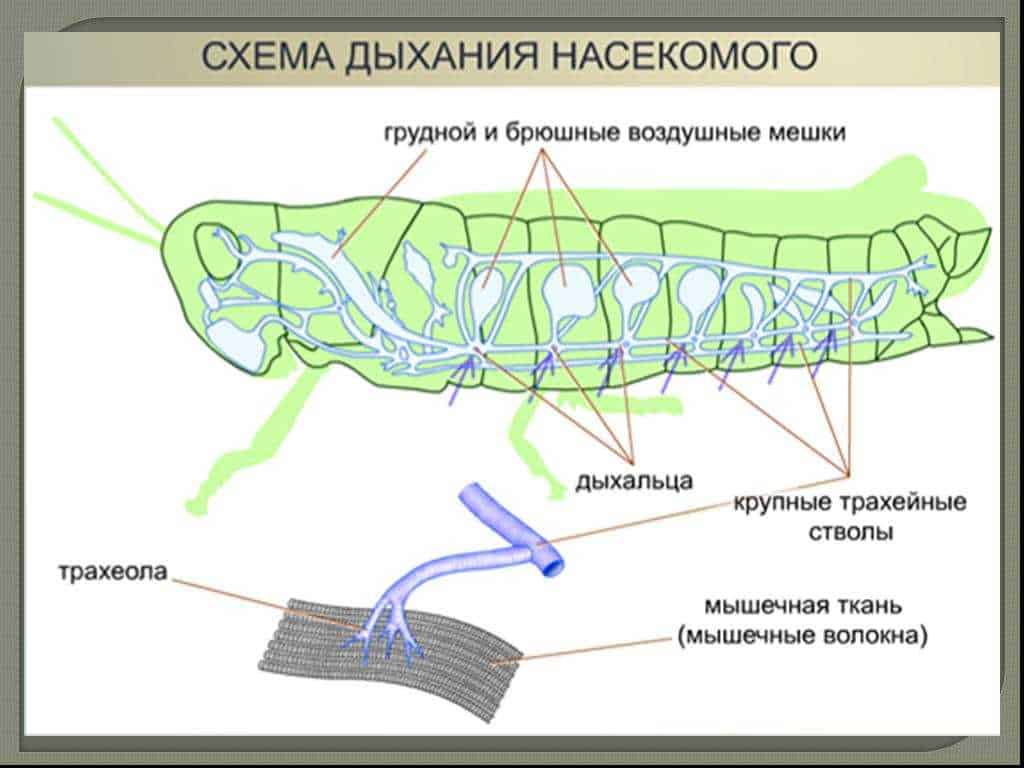
Breath is a process necessary for the life of all organisms. However, the ways of breathing in different species of animals can differ significantly. Butterflies, like other insects, have special air exchange mechanisms that allow them to efficiently receive oxygen and get rid of carbon dioxide.
What does a butterfly breathe? Butterflies use special organs for breathing called tracheae. Tracheas are tubular formations that penetrate all the tissues of the butterfly's body. They start from holes on the lateral surface of the chest and branch, penetrating into every cell of the body. Tracheae deliver oxygen to the cells and remove carbon dioxide, which is formed as a result of vital activity.
Interestingly, butterflies do not have lungs like mammals do. Instead, they carry out artificial air exchange by actively moving the body. The butterfly spreads its wings and compresses them, thus creating a change in pressure in the trachea. This allows fresh air to enter the body and saturate the cells with oxygen. After that, the butterfly compresses its wings and exhales, removing excess carbon dioxide.
Thus, butterflies have unique artificial air exchange capabilities that allow them to breathe efficiently and maintain life. These adaptations allow butterflies to be successful and adapt to the different environmental conditions in which they live.
Read more:
